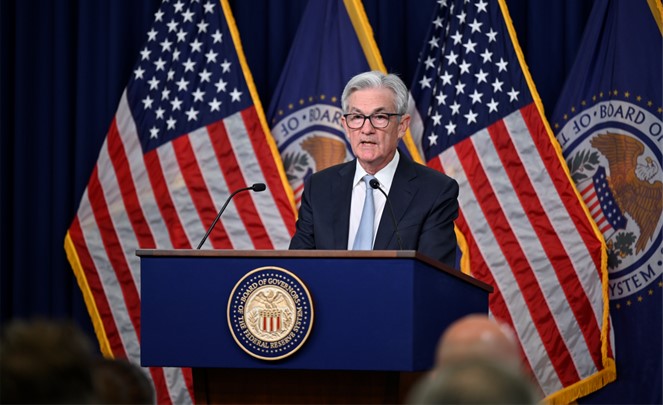
The FOMC Remains Highly Attentive to Inflation Risks
The Federal Open Market Committee (FOMC) voted to raise overnight interest rates from a target of 4.50% – 4.75% to the new target of 4.75% – 5.00%. This was announced at the conclusion of the Committee’s March 2023 meeting. The monetary policy shift in bank lending rates after the last meeting had been viewed as certain but recently called into question as the banking system’s health came into question. Some point to the rapid ratcheting of rates as a chief cause of the banking concerns. However, inflation is viewed by the Fed as a problem that can’t be ignored. In fact february’s statement after the meeting made mention of “inflation easing.” This statement shows the Fed left that out and instead provided that inflation, “remains elevated.”
As for the U.S. banking system, which is part of the Federal Reserves responsibility, the FOMC statement reads, the “U.S. banking system remains sound and resilient.”
There were few clues given in the statement about the size of a next move if any. Powell generally shares more thoughts on the matter during a press conference beginning at 2:30 after the statement.
Below are notable excerpts from the announcement of today’s change in monetary policy:
From the Fed Release March 22, 2023
“Recent indicators point to modest growth in spending and production. Job gains have picked up in recent months and are running at a robust pace; the unemployment rate has remained low. Inflation remains elevated.
The U.S. banking system is sound and resilient. Recent developments are likely to result in tighter credit conditions for households and businesses and to weigh on economic activity, hiring, and inflation. The extent of these effects is uncertain. The Committee remains highly attentive to inflation risks.
The Committee seeks to achieve maximum employment and inflation at the rate of 2 percent over the longer run. In support of these goals, the Committee decided to raise the target range for the federal funds rate to 4-3/4 to 5 percent. The Committee will closely monitor incoming information and assess the implications for monetary policy. The Committee anticipates that some additional policy firming may be appropriate in order to attain a stance of monetary policy that is sufficiently restrictive to return inflation to 2 percent over time. In determining the extent of future increases in the target range, the Committee will take into account the cumulative tightening of monetary policy, the lags with which monetary policy affects economic activity and inflation, and economic and financial developments. In addition, the Committee will continue reducing its holdings of Treasury securities and agency debt and agency mortgage-backed securities, as described in its previously announced plans. The Committee is strongly committed to returning inflation to its 2 percent objective.
In assessing the appropriate stance of monetary policy, the Committee will continue to monitor the implications of incoming information for the economic outlook. The Committee would be prepared to adjust the stance of monetary policy as appropriate if risks emerge that could impede the attainment of the Committee’s goals. The Committee’s assessments will take into account a wide range of information, including readings on labor market conditions, inflation pressures and inflation expectations, and financial and international developments.”
Take Away
A key phrase in the statement is, “The Committee remains highly attentive to inflation risks.” The Fed is faced with core inflation that has been trending up, despite its historic one-year of aggressively tightening policy.
For investors, higher interest rates can weigh on stocks as companies that rely on borrowing may find their cost of capital has increased. The risk of inflation also weighs heavily on the markets. For stock market investors, they may find that fixed-income investments that pay a known yield may, at some point, be preferred to equities. For these reasons, higher interest rates are of concern to the stock market investor. However, rising rates devalue bond values held in a portfolio, so there are concerns in both markets.
The market has been holding rates down across the curve as the Fed has been working to increase them. There is no indication as to whether this behavior will continue.
Managing Editor, Channelchek
Sources
https://www.federalreserve.gov/newsevents/pressreleases/monetary20230322a.htm